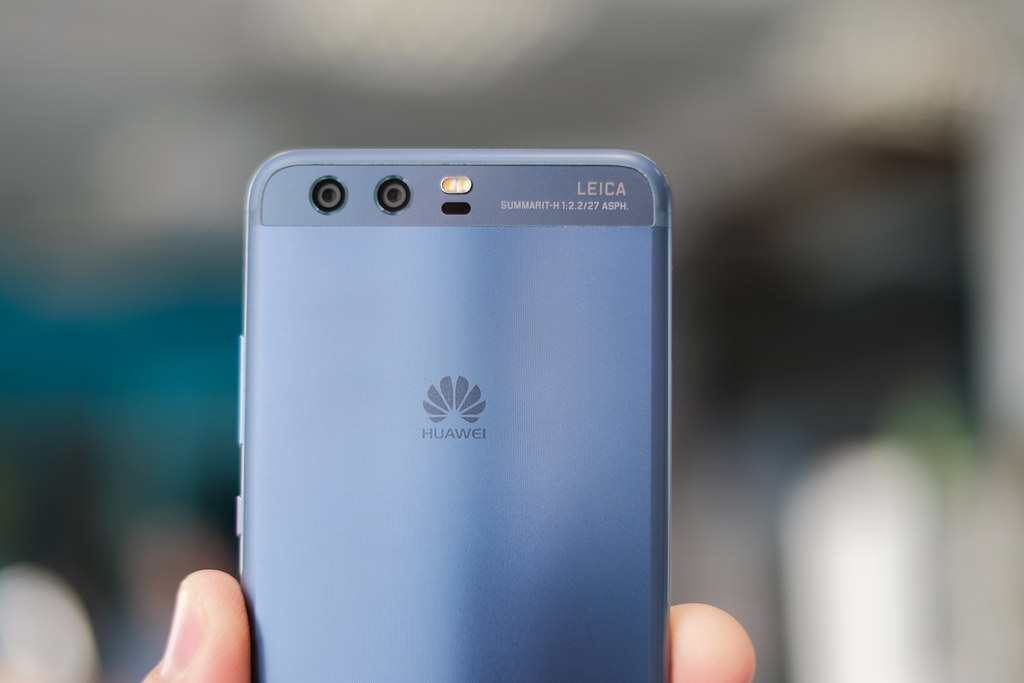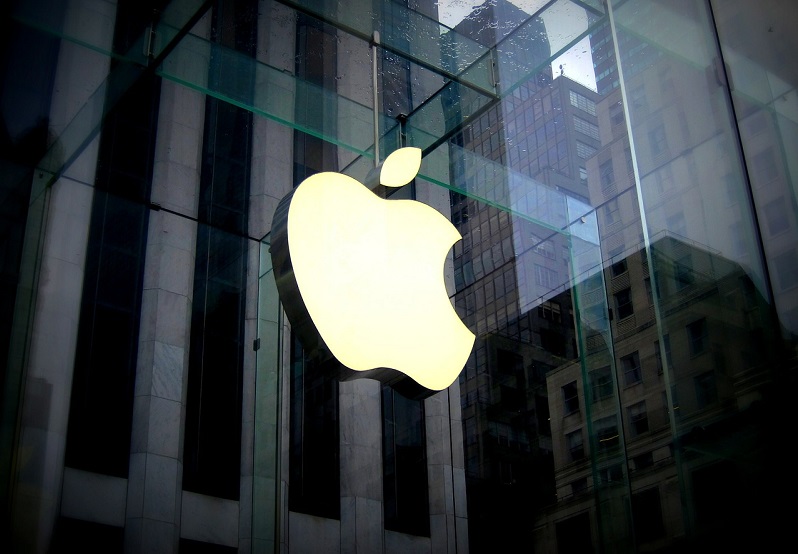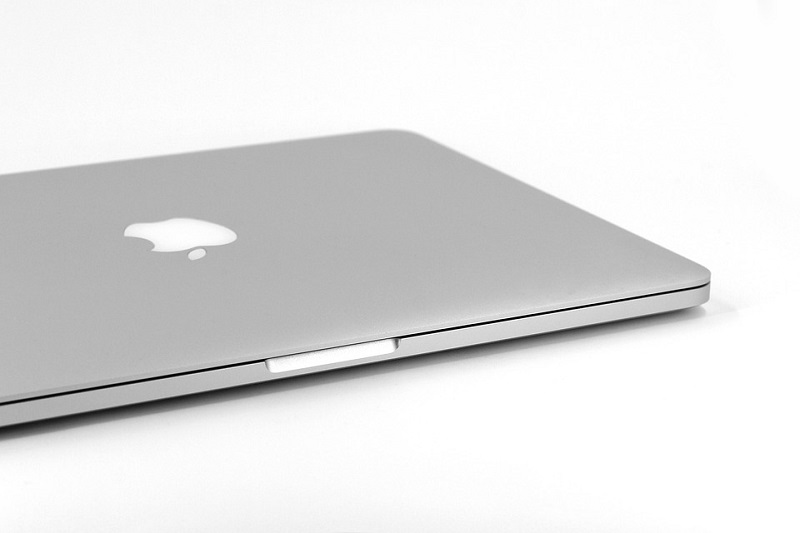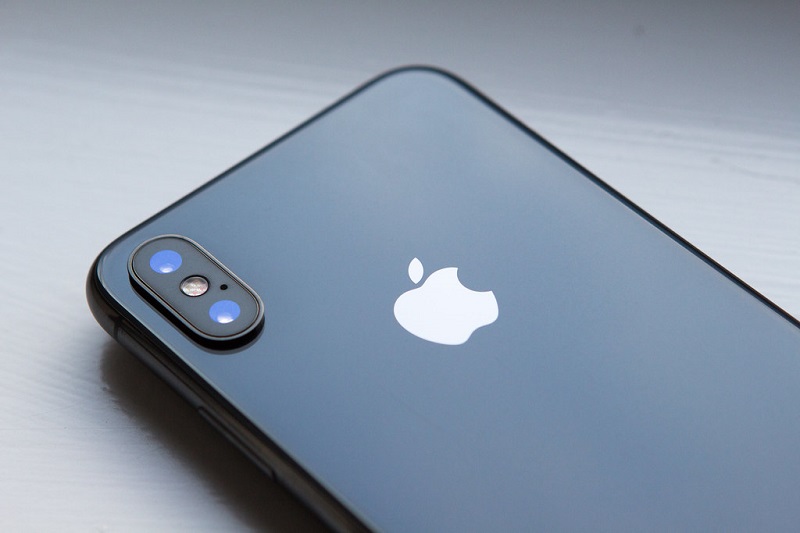Huawei has finally announced Harmony OS, the official Android replacement following its ban in the United States. The new OS is supposed to run on all of Huawei’s consumer gadgets and smartphones. The move comes following a trade war between the US and China.
To recall, the United States government blacklisted Huawei in mid-May. Back then, the President of the United States signed an executive order in which the Chinese brand was banned to do any business with American firms. This restricted Huawei to use American products like Android and Windows, which means that its new consumer gadgets would have remained without an operating system to run them.
The main issue with Huawei has been about its close ties with the Chinese government. Now, this triggered fears in the US that its equipment could be used to spy on other nations and companies, which banned companies from using Huawei networking equipment in 2012. Following this, Huawei was added to the US Department of Commerce’s Bureau of Industry and Security Entity List in May after an executive order from President Donald Trump, effectively banning Huawei from United States communications networks.
Huawei then started working on an internal operating system to replace Android on its own devices. Sources indicate that Huawei has been working on the new Harmony OS for quite sometime now, and recent developments forced Huawei to accelerate its development. The Chinese brand finally announced the OS during the Huawei developers conference.
Just like Android, Huawei’s new Harmony OS uses micro-kernel, implying that kernel is developed using only the necessary drivers. This would allow Huawei to deploy the OS swiftly on multiple devices. The Chinese brand also added that Harmony OS is faster than Android because the connections between the phone’s hardware and several parts of the OS is made through a single layer. Besides, the company also plans to make Harmony an open-source OS in the near future, which would allow developers to create apps easily for this OS.





